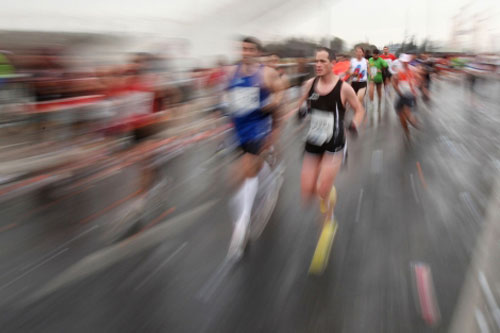Seville smells of orange blossoms and the albero sand of its fairgrounds. Seville is a special color; a color which, in April, intensifies, attracting thousands upon thousands of visitors from every corner of the globe. The Alumbrao (lighting), and the décor of the casetas at El Real, the music, the elegant flamenco dresses, the art, the rebujitos and the manzanilla are the main protagonists of an age-old celebration that kicks off on Tuesday April 21st. Be sure to mark your calendars because this is truly promising. So if you like flamenco and good eats, you can’t miss out on Seville’s Feria de Abril.

The first of Seville’s fairs was held back in 1848, and seems to have had little to do with the affair it is today. Back then, the fair was little more than an appointment to exchange cattle; while today, it is an international event full of glamour and good practices. It’s the place to eat and drink the very best of the best. And though it started out in the grounds of the Prado de San Sebastián, these days you’ll find it around the area of the popular neighborhood of Los Remedios, on the banks of the Guadalquivir River. The Alumbrao marks the start of the celebrations with the lighting of thousands of multicolored light bulbs over the fairgrounds and its portada (main gate), close to 50 meters in height.
With the start of the year, the small city formed by the fair’s casetas, so full of art, starts rising. Over 1000 casetas repopulate the fairgrounds of El Real every year, in downtown Seville. Most of these tents are private and relegated to family use. One may not tread uninvited. And if you don’t know anybody, you can always visit the public ones, which although few in number -as there are usually less than 20- tend to be very lively. In any case, the fiesta is assured wherever you go in Seville.
By day, the large number of horse carriages parading from one place to the other will surely catch your eye; their riders showing off. People stroll around to see and be seen. It is a long awaited event, and as such, its mise-en-scène (among costumes, horses, and the rest) is just spectacular. By night, the noise is amplified and the number of people multiplies not only in the casetas but also in Calle del Infierno, the site of the cacharritos (the funfair).

And of course, one of the fair’s essential elements is the bullfights at Plaza de la Maestranza, Seville’s bullring. If you are a fan of bullfighting take good note, as this year will see the likes of J.M Manzanares, Finito de Córdoba, Enrique Ponce, El Fandi, Juan José Padilla, Manuel Escribano, El Cid, Daniel Luque, Andrés Romero, Antonio Ferrera, Iván Fandiño, Pepe Moral and Diego Ventura, among others.
Dancing starts at noon, with the first rebujitos (sherry based cocktails). Women unfold their elegant dresses, and men put their arte on display to the rhythm of sevillanas. This is the point of no return: dancing won’t stop until well into the early hours. And that for a full week. At the end of the week, an impressive fireworks display puts the crowning touch on these festivities that are unique to Seville, Andalusia, and Spain.

 English
English Français
Français Deutsch
Deutsch Italiano
Italiano Español
Español


